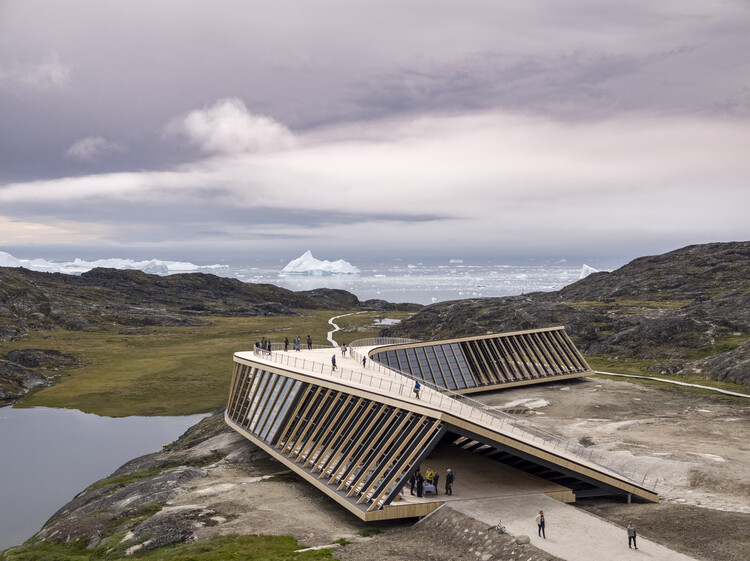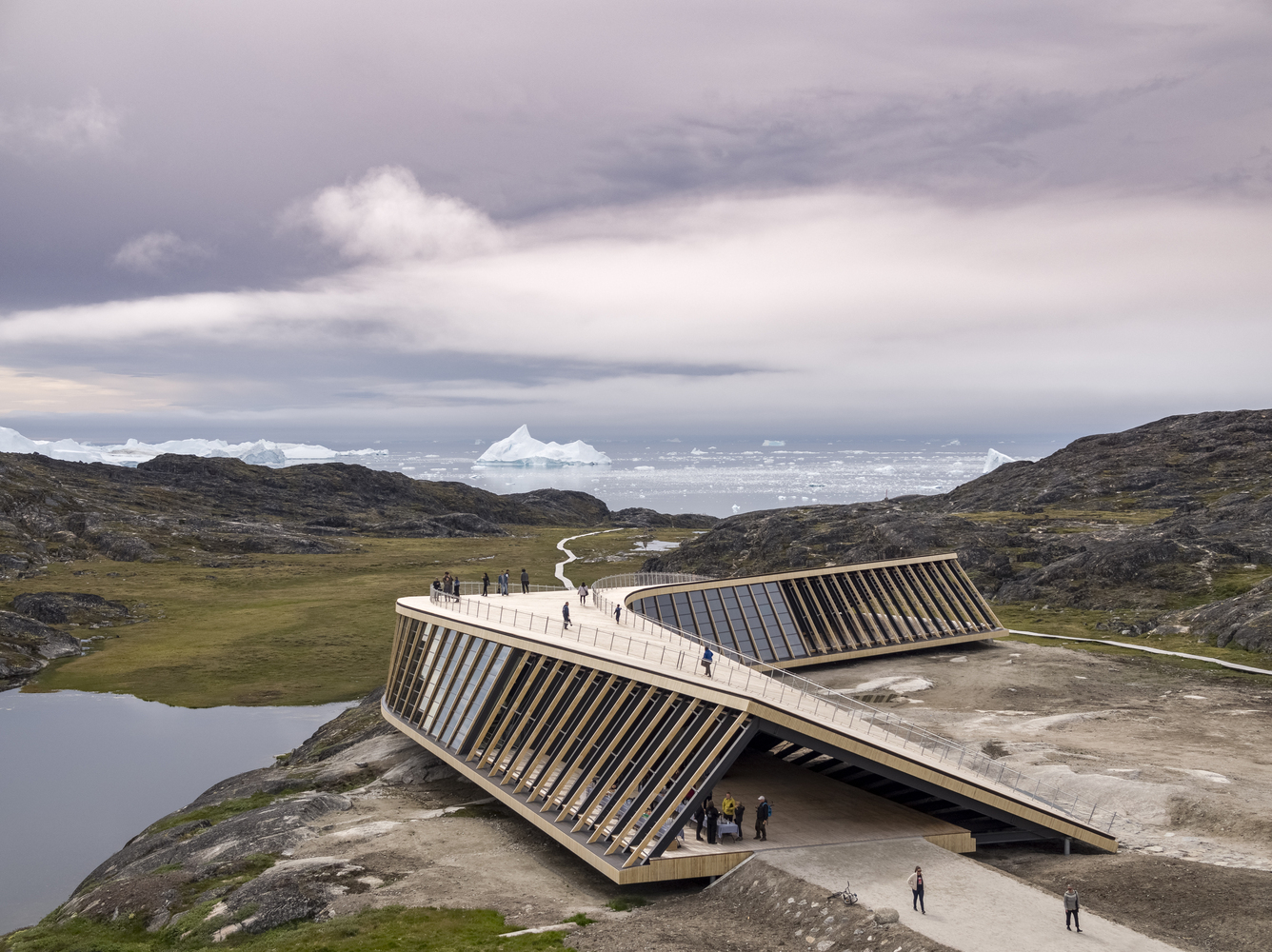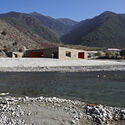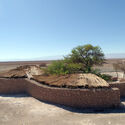 Kangiata Illorsua Ilulissat Icefjord Center / Dorte Mandrup. © Adam Mørk
Kangiata Illorsua Ilulissat Icefjord Center / Dorte Mandrup. © Adam Mørk
Share
Share
Or
https://www.archdaily.com/1031841/architecture-as-an-invitation-to-explore-25-visitor-centers-around-the-world
Destinations like ecological reserves, national parks, and historic sites rank among the most visited places worldwide. Motivated by different desires — from aesthetic appreciation to a longing for connection with nature — visitors are drawn to locations marked by historical importance, scenic beauty, or architectural significance. In this context, it becomes essential for the institutions responsible for preserving and managing these sites to adopt thoughtful mediation strategies — both in terms of communication and spatial design. One such strategy is the creation of visitor centers: architectural structures that not only receive guests but also educate and guide them. These buildings act as interfaces between the site and its audience, translating the ecological, historical, and cultural values of the place into architectural form.
When they go beyond basic functions like reception, support, and information, visitor centers take on symbolic roles — reinterpreting the site and proposing new ways to connect space, time, and experience. Architects across the globe have been rethinking this building type with increasingly contextual and site-sensitive approaches. Still, these interventions often spark debate — especially when introduced into places with strong historical or symbolic meaning. A well-known example is Renzo Piano’s visitor center for Le Corbusier’s Chapel of Ronchamp, which was widely criticized. The backlash went beyond architectural style and questioned the very purpose and necessity of the intervention.





